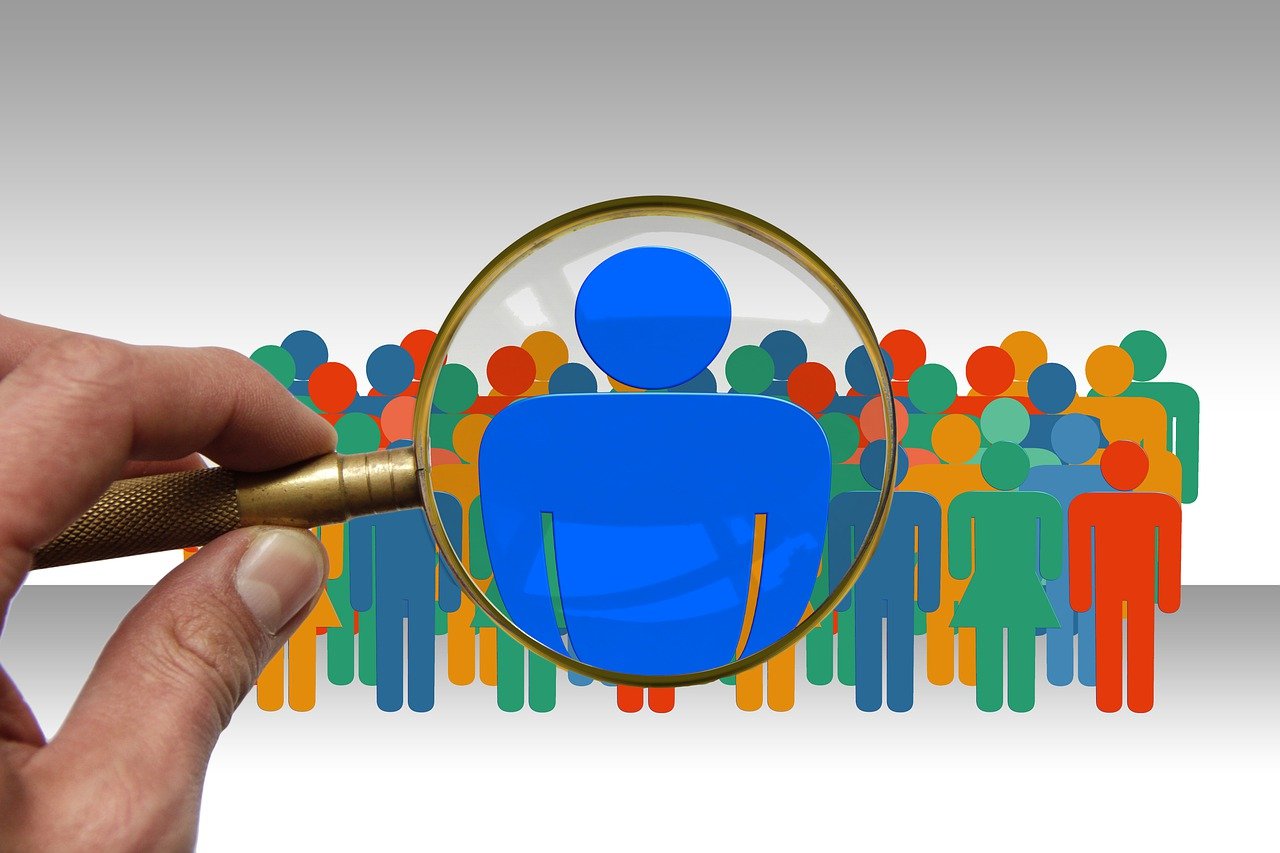We often assume that industry giants, with their massive budgets and extensive resources, hold all the cards.
However, some of the most remarkable success stories of the past decade prove that mid-sized companies can outsmart these giants.
Having spent years in global leadership roles at Fortune 500 companies, I’ve witnessed firsthand how mid-sized companies can successfully challenge and even overtake industry leaders.
Let’s examine several compelling examples from both technology and consumer packaged goods (CPG) sectors to understand the winning strategies that make this possible.
If you would rather listen than read: 
The Technology Sector: Speed and Innovation as Weapons
Stripe: Simplifying the Complex
When Patrick and John Collison founded Stripe in 2010, the payment processing industry was dominated by established players like PayPal and traditional banks.
Rather than trying to match their vast resources, Stripe focused on solving a specific pain point: making it incredibly easy for developers to implement payment processing.
As co-founder John Collison noted,
We’re building tools that help ambitious companies scale faster. Our success is tied to their success.
This philosophy drove their key strategies:
– Focused on developer experience when larger competitors were prioritizing enterprise sales
– Created an API that could be implemented in minutes rather than weeks
– Maintained agile product development, launching new features in weeks instead of months
– Built a developer-friendly documentation system that became industry standard
Their results were remarkable:
– Reached $95 billion valuation by 2021
– Processed $640 billion in payments in 2021 (up 60% from 2020)
– Serves 90% of enterprise companies that started since 2011
– Maintains a 98% customer satisfaction rate
– Achieved this with a team 1/10th the size of traditional payment processors and a customer base including Amazon, Google, and Microsoft.
Zoom: Winning Through Simplicity
Before the pandemic, Zoom was competing against tech giants Microsoft, Cisco, and Google in video conferencing. Instead of trying to match their feature sets, Zoom focused obsessively on doing one thing exceptionally well.
Their winning approach:
– Prioritized call quality and reliability over feature abundance
– Created an interface so simple that even non-tech-savvy users could master it
– Built their product based on direct user feedback rather than competitor analysis
– Maintained focus on core functionality while competitors tried to be all things to all users
The results were staggering: from 10 million daily meeting participants in 2019 to 300 million in 2020, maintaining significant market share even after the pandemic peak.
Shopify: Democratizing E-commerce
While Amazon was building the world’s largest retail infrastructure, Shopify took a different approach to e-commerce. Instead of competing directly, they empowered small and medium-sized businesses to compete in the digital space.
Their strategic choices:
– Created a platform that leveraged existing resources rather than building expensive infrastructure
– Focused on making enterprise-level capabilities accessible to smaller businesses
– Built an ecosystem of developers and partners to extend platform capabilities
– Maintained focus on merchant success rather than direct consumer relationships
Today, Shopify powers over 2 million … Click to continue reading





